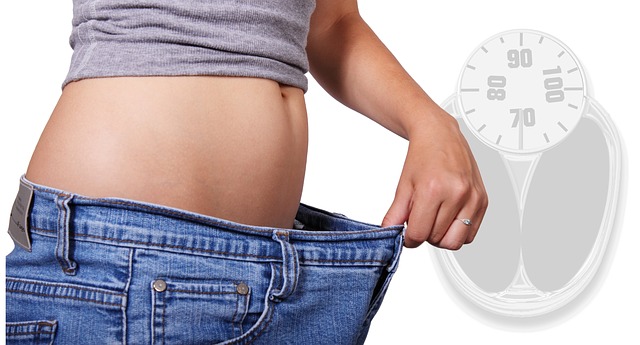
Few topics are as near and dear to everyone’s heart as how to lose weight. More magazine covers are spent on this topic in the checkout line at your local grocery store than any other subject. The amazing thing is how many weight loss diets there are out there. How can there possibly be so many different ways to lose weight and yet have 70.7% of the American population overweight? Maybe the diets don’t work. If not, then why not?
If you stop feeding someone they lose weight, every time. There is no mystery here. Don’t eat and you lose weight. So what is going on with the now thousands of weight loss diets and programs that have been created that are obviously failing America? By the way, this is not just an American problem – one third of the global population is now overweight – we are just ahead of the curve.

I would postulate that there are several reasons for this failure. The biggest problem is that everyone wants to lose weight without having to give up eating their favorite foods. Clue – favorite means the foods you eat the most, which means these are the foods that made you overweight. The majority of diets created pander to this human folly by creating a good story about how you can lose weight by cutting out the foods you really don’t want anyway and eating your favorite foods “sensibly.” One way or another diet authors “sell” their diet by promising you that you won’t really have to miss out on your favorite foods in some manner. Because there are so many people with different favorite foods, bam – you need lots of miracle diets. You need diets that cut out fats, but leave the breads and cereals; diets that cut out the proteins, but leave in the fruits and carbs; diets that are all protein, some that are all fat, some that are no carbs, but plenty of fats and proteins; and so on. The mixtures are endless.
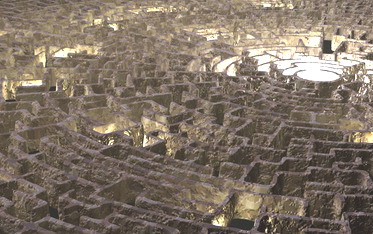
The other big problem I see with diets is that most of them all try to make a very complex subject into something simple. The internal metabolic processes that regulate our weight are mindbogglingly complex. The biggest complexity that literally everyone tries to ignore is that we are all different. But even the common biochemistry inside each one of us is so very complex. That is why every one of those miracle diets will work great for a few people – those whose metabolism fits that diet.
Lets review some of that common metabolism. First off, everyone burns fat every day. You don’t have to do anything special to get the body to burn fat. For instance your heart typically only burns fat for energy. Sugar burning is dirty – it produces lots of metabolic waste that is dangerous and inflammatory – so such a vigorous organ as the heart can not afford to burn sugar. On the other hand, most fats can not even get into the brain to provide energy. Only tiny fats – small and medium chain fats – and omega 3 fats cross the blood brain barrier to reach the brain. So the brain has to either burn sugar or ketones.
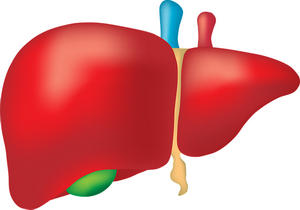
Ketones – there is a word that is getting a lot of press these days, as in ketogenic diets. These are little fat like molecules that the liver makes when your insulin levels drop too low because there is no sugar around. Ketones are a byproduct of the process your liver uses to make sugar from proteins to feed the brain and red blood cells when your blood sugar drops too low due to starvation or a ketogenic diet. Liver production of sugar is why even when you are consuming no carbs at all, you still have normal blood sugar levels. Your brain can burn ketones for energy, but usually likes to use ketones to build nerve connections. It takes about three to four days for your brain to really shift over to burning ketones for energy after sugar supplies are used up and the liver shifts into making sugar.
The picture I am drawing here is that your body has lots of ways to generate energy. It can basically turn anything it has into energy and it can burn sugars, fats, ketones and converted proteins. So any time you restrict one source of calories from your diet, your body can work around that to produce energy. If that is not enough it will slow down your metabolism and make do with less. Where the body is limited is in its protein sources, minerals, vitamins, and some essential fats like omega 3s. Getting your body to dip into its storage of calories in your fat cells requires convincing your body that it needs more energy than it has available from the diet. The basic principle of all weight loss is to burn more energy than you have coming in from your food. Various diet tweaks involve ways of keeping the body from lowering its metabolism when you do this or ways of upping your metabolism through exercise or drugs.
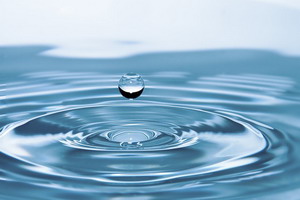
This is a good point to mention that what most people want is to lose weight and they don’t really think about what kind of weight they lose. This is relevant because we are mostly made of water, and we can do various diet tricks to cause our body to dump a lot of water and make it look like we have lost weight. Unfortunately the instant we stop those tricks the water weight comes right back on. I have lost 15 pounds easily this way and watched as the weight came back on afterwards at a rate of two to three pounds a day until all I lost was right back where it started.
From a health perspective what we want is to lose unnecessary body fat, particularly fat that has accumulated around our internal organs. Fat that is on our arms or hips and legs is not as damaging to our health as that fat stuffed in our belly region. That is because belly fat actively pumps out inflammatory chemicals 24/7. These are the types of chemicals that trigger our many forms of degenerative disease. So we really don’t want a bunch of belly fat hanging around. In
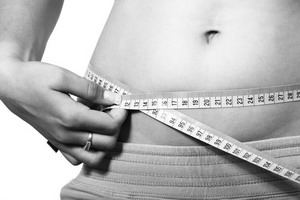
general that means if your belly measures more than 32 inches for women and 35 inches for men, even if your weight is normal. For instance, even at normal weight women with a waist size of 35 inches or more have a 300% higher risk of heart disease.
Why do we even put on too much weight in the first place? Obviously eating too much plays a part, but not as big a part as most people think. The much bigger cause for excess fat is the huge topic called stress. Weight gain is the natural programmed response the body has to stress. I am not talking primarily about emotional stress, although that can do this as well. I am talking about environmental, toxic, dietary, disturbed lifestyle stress. Years ago I had a checklist of over 170 types of stress for folks to use to check their stress level. Your body protects against possible oncoming famine as well as uses fat as a way to isolate and store various poisons we encounter. This is why many people find that they lose weight by doing detoxification protocols. Your body is designed to literally burn excess fat away as heat through special brown fat cells. So if we are storing fat, our body must believe we need the fat for some reason. Finding and addressing those reasons is key to successful fat loss.
Considering how complicated this whole subject is, how
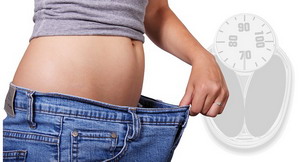
are we to burn off the fat that is robbing us of our health? Of the two main diet camps, low fat and low carb, low carb has been shown repeatedly to do a better job, but not by much. The advantage a low carb has is that by restricting carbs, the inflammation that is created by burning carbs goes way down. Inflammation is a key driver in weight gain. You also get the advantage of the energy your brain uses now being used to burn fats, while on a low fat program the brain is still only able to burn sugars.
So what can we do that actually works? What actually works is to overcome the “favorite food” trap and go on a low fat and low carb eating plan. And since your body can turn protein into fat and sugar, protein consumption also has to be lowered to around 70 grams a day. That means you go on a non-starchy vegetable diet with a small amount of protein (3 oz 3x a day). I am talking 6 to 10 cups of non-starchy vegetables a day. Don’t eat fats, don’t eat grains or tubers, don’t eat dairy or nuts, don’t eat sweet anything, other than perhaps ½ to 1 cup of berries per day. Drink water, tea, or coffee; no cream or sugar, but stevia is allowed. Herbs, spices, and vinegars are all allowed. Avoid any and all chemicals. That’s it. Simple and easy. It is what people used to do back in the old days that worked.
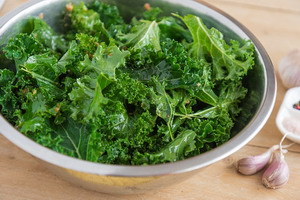
Nobody ever gained weight just eating kale. This is the focal point. Leafy greens and non-starchy vegetables are fat burning foods. If necessary also eliminate any vegetables with seeds in it – technically these are all fruits, which we are avoiding. Eating just these foods, plus just enough low fat protein to stay healthy is all you need to know to lose any unhealthy fat you might be carrying. Throw in some good vitamins and 2 – 3 grams of omega 3 oil and you are set.
Next time I will write about some of those toxic stressors that create and hold fat on us, and what to do about them.
